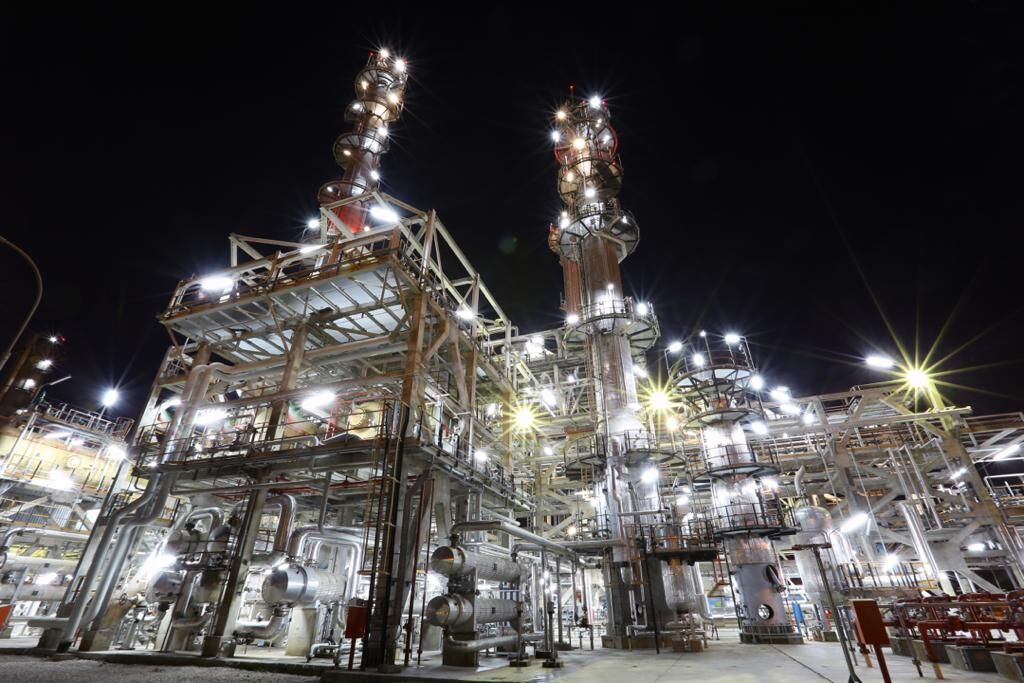With the world’s second-largest natural gas reserves, Iran has enormous potential for production and export. However, despite ranking as the third-largest global gas producer, its output remains low relative to its proven reserves, and its role in international gas trade is limited. This underscores the urgent need for investment in gas processing.
Need for gas sweetening
A substantial portion of Iran’s gas production—particularly from southern and central fields—contains high levels of impurities such as carbon dioxide (CO₂) and hydrogen sulfide (H₂S). These sour gases not only have low economic value but also cause corrosion in infrastructure, increase pollution, and reduce efficiency if left untreated. Thus, investing in gas sweetening is a strategic necessity for Iran’s oil and gas industry.
Key benefits
1. Economic Growth and Increased Revenue
Sweetening sour gas enables its use in domestic consumption or export. Major fields like South Pars and Kangan can attract investment to inject sweetened gas into the national grid or supply global markets, boosting both foreign currency earnings and GDP.
2. Lower Emissions and Environmental Compliance
Untreated sour gas releases toxic substances like hydrogen sulfide, posing risks to public health and the environment. Gas sweetening helps control these emissions, aligning Iran with its international environmental commitments.
3. Technology Development and Job Creation
Investment in gas sweetening requires advanced technology and skilled labor, fostering growth in downstream industries, creating jobs, and strengthening the oil and gas value chain.
4. Energy Efficiency and Reduced Waste
Using untreated sour gas in power plants and petrochemical facilities lowers efficiency and increases maintenance costs. Sweetening improves productivity and prevents resource waste. While demand-side solutions are crucial for addressing gas shortages, increasing sweet gas production can also help balance supply and demand.
Strategic national priority
Given Iran’s vast sour gas reserves in central and southern regions, investing in gas sweetening is not just an economic opportunity but a national imperative—enhancing revenue, cutting pollution, and advancing technology.
To this end, the Iranian Central Oil Fields Company, a key player in upstream oil and gas development, is offering a major investment opportunity: sweetening up to 40 million cubic meters per day of upstream gas fed into refineries.
This initiative represents a critical step in optimizing Iran’s energy sector and securing long-term economic and environmental benefits.


Your Comment